Blog Layout
Spring Tree Maintenance: Essential Tips for Healthy Trees. Inspect Your Trees for Winter Damage,
affordabletreecare5 • March 13, 2025
This is a subtitle for your new post
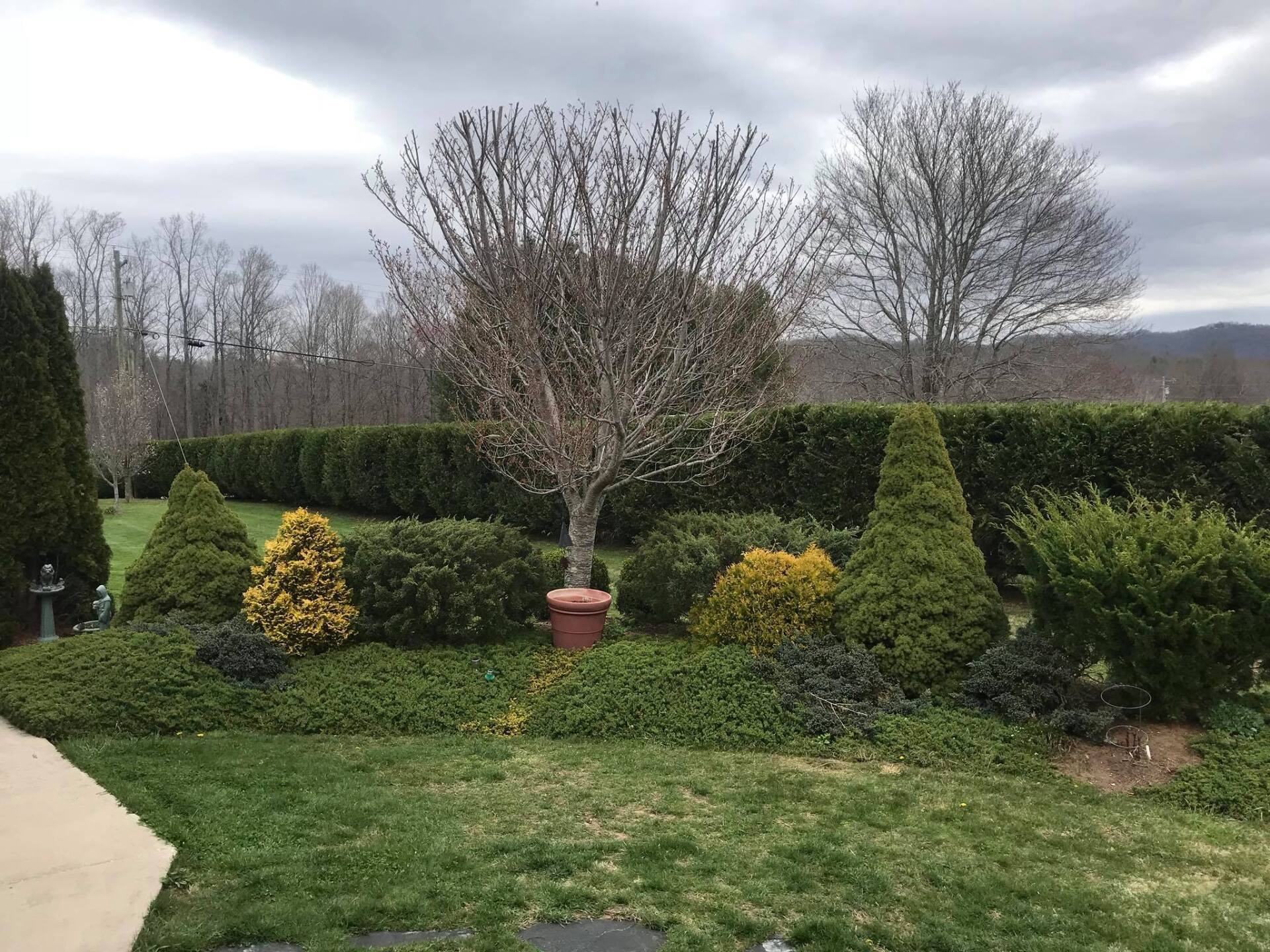

Spring Tree Maintenance Tips: How to Keep Your Trees Healthy This Season
As spring arrives, your trees come back to life after the colder months. Proper maintenance during this season is essential to encourage strong growth, prevent diseases, and ensure your trees remain healthy all year long. Here are some essential spring tree care tips:
1. Inspect Your Trees for Winter Damage
Check for broken, dead, or hanging branches that may have been damaged by winter storms.
Look for cracks, splits, or peeling bark, which could indicate disease or structural issues.
Inspect the roots and base of the tree for signs of decay, fungus, or pests.
2. Prune Dead or Weak Branches
Remove any dead, diseased, or weak branches to encourage new growth and prevent hazards.
Trim overgrown branches that could pose a risk to your home, driveway, or power lines.
Avoid excessive pruning—spring is a time for light shaping and maintenance, not heavy cutting.
3. Mulch Around the Base
Apply a 2-4 inch layer of organic mulch around the base of your tree to retain moisture and suppress weeds.
Keep mulch away from the trunk (leave a few inches of space) to prevent rot and pest infestations.
4. Deep Watering & Soil Care
Trees need deep, slow watering to encourage strong root growth.
If your area has had little rain, water newly planted or young trees to help them establish.
Test the soil pH and add nutrients or compost if needed to promote healthy growth.
5. Fertilize for New Growth
Use a slow-release, balanced fertilizer to provide essential nutrients.
Fertilizing helps replace nutrients lost during winter and strengthens trees against pests and diseases.
6. Watch for Pests & Diseases
Check for early signs of infestation such as holes in leaves, sticky residue, or chewed bark.
Common spring pests include aphids, caterpillars, and borers. Treat as needed with natural or professional solutions.
Look out for fungal infections like leaf spots or powdery mildew, especially in humid areas.
7. Protect Young Trees from Late Frost
If a late frost is expected, cover young or sensitive trees with burlap or frost blankets overnight.
Avoid pruning frost-damaged leaves right away; wait until new growth appears.
8. Schedule a Professional Tree Inspection
A certified arborist can assess tree health, recommend treatments, and ensure your trees are in top shape.
By affordabletreecare5
•
March 18, 2025
1. Improves Aesthetics & Space Usage Stumps can be an eyesore in a well-maintained yard. Removing them improves the overall appearance. Frees up space for landscaping, gardening, or adding outdoor features like patios and walkways. 2. Prevents Pest Infestations Tree stumps attract pests like termites, ants, beetles, and even rodents, which can spread to nearby healthy trees or your home. 3. Eliminates Safety Hazards Stumps can be tripping hazards, especially for children, pets, or anyone walking through the yard. Reduces the risk of damaging lawnmowers or other yard equipment. 4. Promotes Healthy Lawn Growth Leftover stumps can take nutrients from the soil, hindering the growth of grass and other plants around them. Grinding allows you to replant or restore your yard quickly. 5. Prevents Regrowth & Unwanted Trees Some tree stumps can sprout new growth, leading to multiple small trees growing from the same root system. Grinding ensures the stump is fully removed, preventing regrowth. 6. Eco-Friendly Solution Stump grinding is a natural way to decompose the stump into mulch, which can be used to enrich soil. Unlike chemicals, grinding doesn’t introduce harmful substances into the environment.
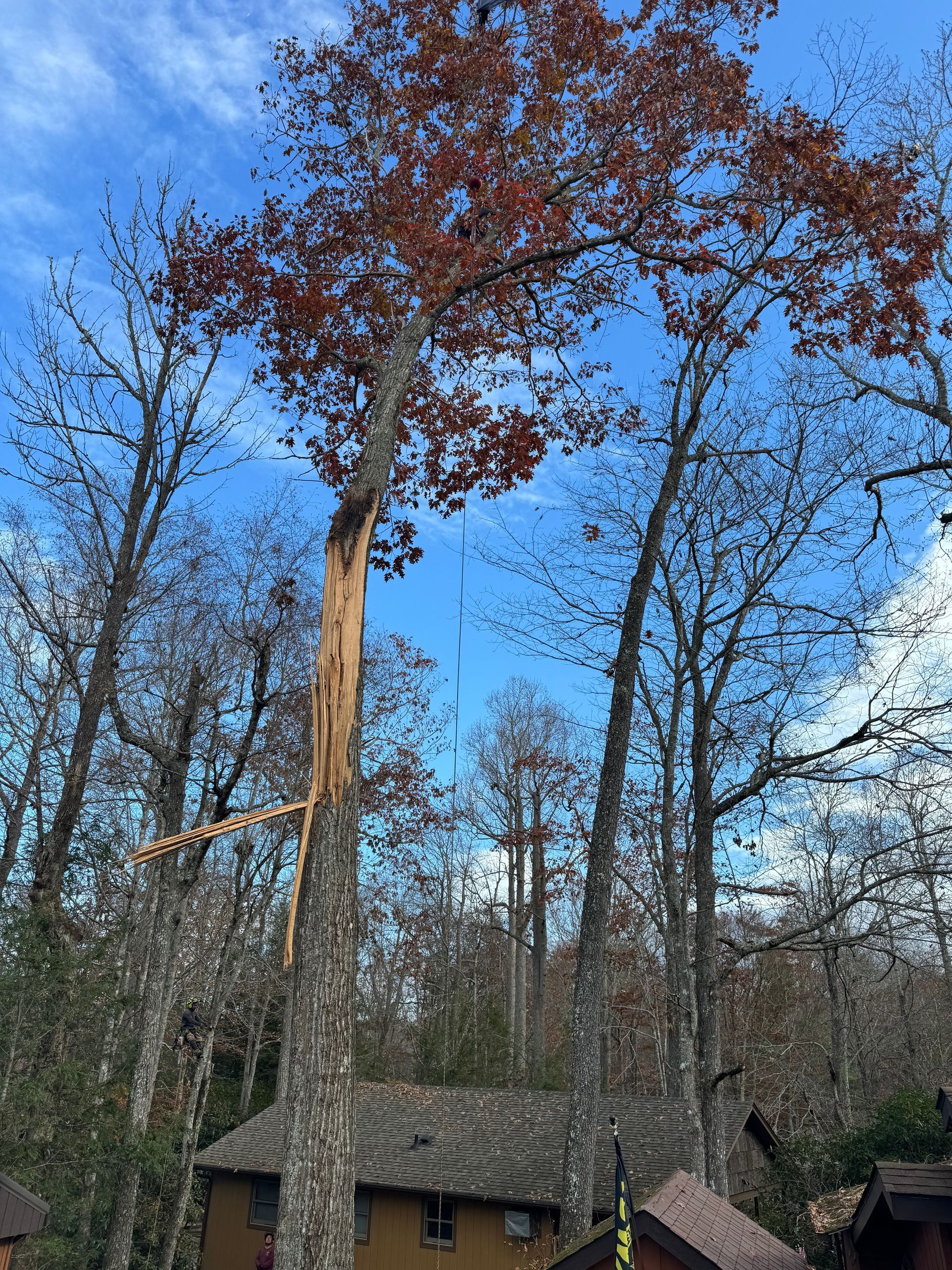
By affordabletreecare5
•
March 17, 2025
Our AFFORDABLE Emergency Tree Services Include: ✅ 24/7 Emergency Response – Available day or night to handle urgent tree hazards. ✅ Storm Damage Cleanup – Removing fallen trees, broken branches, and storm debris. ✅ Hazardous Tree Removal – Cutting and removing trees that pose an immediate risk to structures, power lines, or people. ✅ Crane-Assisted Tree Removal – Safely removing large, dangerous trees in hard-to-reach areas. ✅ Insurance Assistance – Helping you navigate the claims process for tree damage covered by your homeowner's insurance. Why Choose Us? 🌲 Fast Response Times – We understand the urgency of tree emergencies and act quickly. 🌲 Expert, Certified Arborists – Trained professionals ensuring safe and efficient removal. 🌲 State-of-the-Art Equipment – We use advanced tools and techniques to handle any emergency situation. 🌲 Safety First – Protecting your property and loved ones is our top priority. If you're facing a tree emergency, don’t wait! Call us now for immediate assistance.

By affordabletreecare5
•
March 14, 2025
✅ The dangers of broken, hanging branches (fall hazards, property damage, injuries). ✅ Common causes (storms, disease, improper pruning, weak structure). ✅ When a limb can be pruned vs. when full tree removal is necessary. ✅ The importance of hiring a professional for safe removal. ✅ Preventative maintenance to avoid future limb breakage
By affordabletreecare5
•
March 14, 2025
When Should a Tree Be Removed? A tree should be removed if: It is dead or dying, posing a safety risk. It has severe structural damage from storms or disease. It is too close to your home, causing foundation or roof issues. It has significant root damage, making it unstable. It is infected with a contagious disease or pests that could spread to other trees. Why Is Tree Removal Important? Safety – Prevents falling branches or total tree failure. Property Protection – Avoids damage to your home, driveway, or underground utilities. Tree Health – Removes infected trees before they affect nearby vegetation. Aesthetics & Space – Opens up your yard for new landscaping or construction. How to Safely Remove a Tree Assess the Tree – Identify hazards, lean, or decay. Check Local Regulations – Some areas require permits for tree removal. Hire a Professional – Certified arborists and tree service professionals have the right equipment and experience. Ensure Safe Cutting & Removal – Professionals use proper rigging and cutting techniques to prevent accidents. Dispose of the Tree Responsibly – Mulch, firewood, or recycling
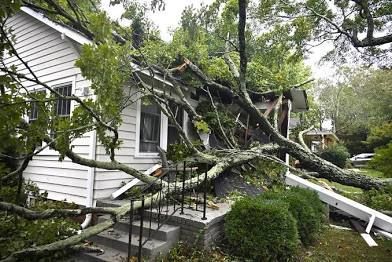
March 14, 2025
1. Visual Inspection of the Tree Leaning – A sudden lean or worsening tilt can indicate root damage or instability. Cracks & Splits – Large vertical cracks, deep splits, or hollow areas can signal weakness. Dead or Dying Branches – If 50% or more of the tree’s canopy is dead, removal may be necessary. Cavities or Decay – Hollow sections in the trunk or branches weaken structural integrity. Mushrooms or Fungi at the Base – Often a sign of internal decay or root rot. 2. Root System Health Exposed or Damaged Roots – Construction, erosion, or disease can weaken roots. Mushroom Growth Around the Base – Could indicate root rot. Soil Lifting or Cracks Near the Base – A sign that roots may not be stable. 3. Trunk and Bark Condition Missing Bark (Canker or Sunscald) – Dead patches can weaken the tree. Deep Cracks or Splits – Structural weakness may lead to failure in strong winds. Hollow Trunk – If more than 30% of the trunk is hollow, the tree may not be safe. 4. Canopy and Branch Strength Deadwood in the Canopy – Dead branches can fall unexpectedly, especially in storms. Co-dominant Trunks (Multiple Stems) – V-shaped trunks are weaker than a single strong trunk. Heavy Limbs Overhanging the House – Could cause severe damage if they break. 5. Response to Wind & Weather Previous Storm Damage – A tree that has already suffered breakage is more vulnerable. Weak Unions or Cracks in Major Branches – Can lead to breakage during high winds. Tree Species – Some trees (like oaks and pines) are more susceptible to wind damage. 6. Professional Evaluation If you notice any red flags, a certified arborist can perform a more detailed evaluation using:
SERVING
This is a placeholder for the Yext Knolwedge Tags. This message will not appear on the live site, but only within the editor. The Yext Knowledge Tags are successfully installed and will be added to the website.
and surrounding areas
HOURS
This is a placeholder for the Yext Knolwedge Tags. This message will not appear on the live site, but only within the editor. The Yext Knowledge Tags are successfully installed and will be added to the website.
Monday
Tuesday
Wednesday
Thursday
Friday
Saturday
Sunday
This is a placeholder for the Yext Knolwedge Tags. This message will not appear on the live site, but only within the editor. The Yext Knowledge Tags are successfully installed and will be added to the website.
HOURS
This is a placeholder for the Yext Knolwedge Tags. This message will not appear on the live site, but only within the editor. The Yext Knowledge Tags are successfully installed and will be added to the website.
Monday
Tuesday
Wednesday
Thursday
Friday
Saturday
Sunday
This is a placeholder for the Yext Knolwedge Tags. This message will not appear on the live site, but only within the editor. The Yext Knowledge Tags are successfully installed and will be added to the website.
CONTACT US
This is a placeholder for the Yext Knolwedge Tags. This message will not appear on the live site, but only within the editor. The Yext Knowledge Tags are successfully installed and will be added to the website.
This is a placeholder for the Yext Knolwedge Tags. This message will not appear on the live site, but only within the editor. The Yext Knowledge Tags are successfully installed and will be added to the website.
Hi. Do you need any help?
Privacy Policy
| Do Not Share My Information
| Conditions of Use
| Notice and Take Down Policy
| Website Accessibility Policy
© 2025
The content on this website is owned by us and our licensors. Do not copy any content (including images) without our consent.


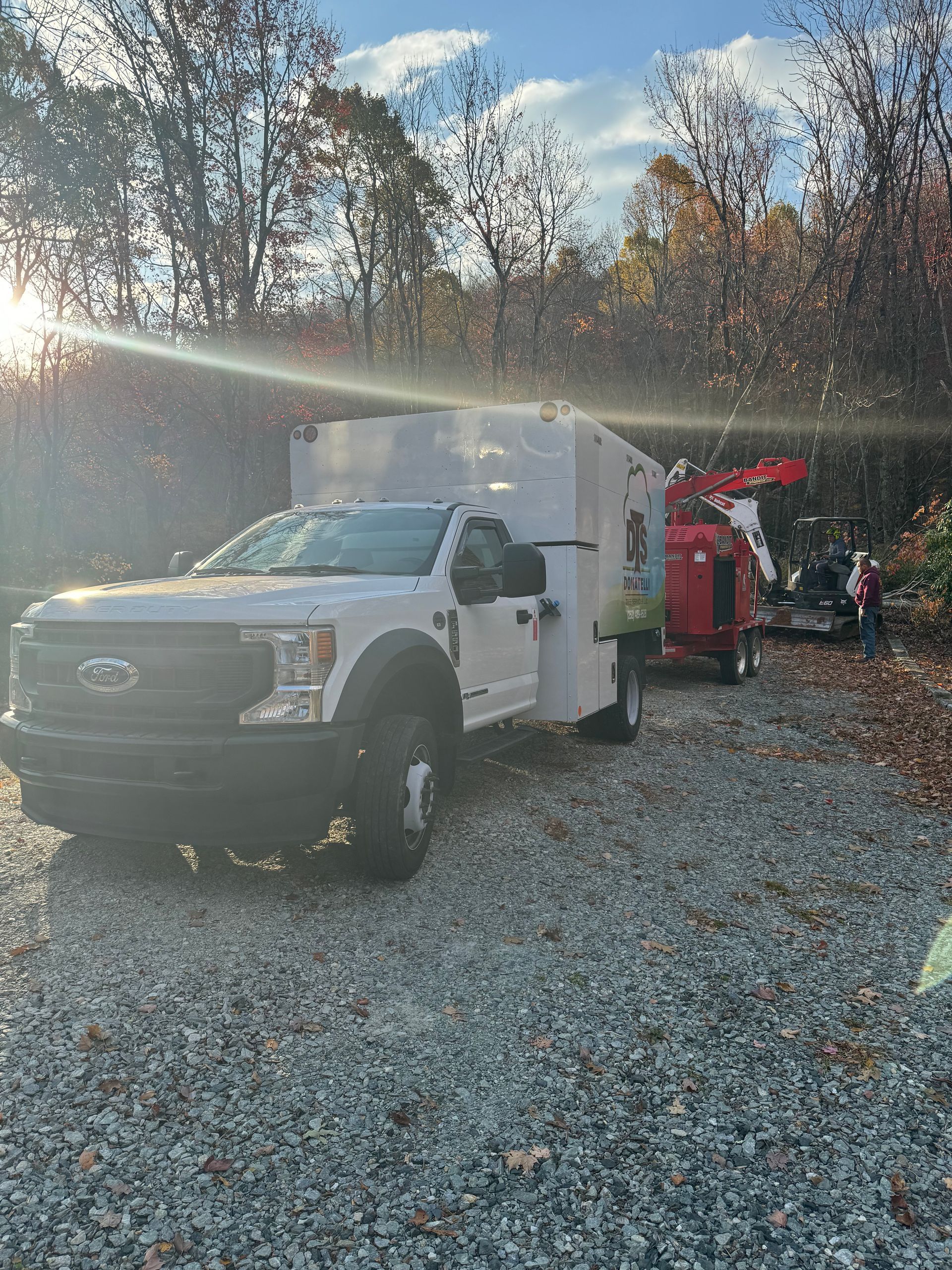
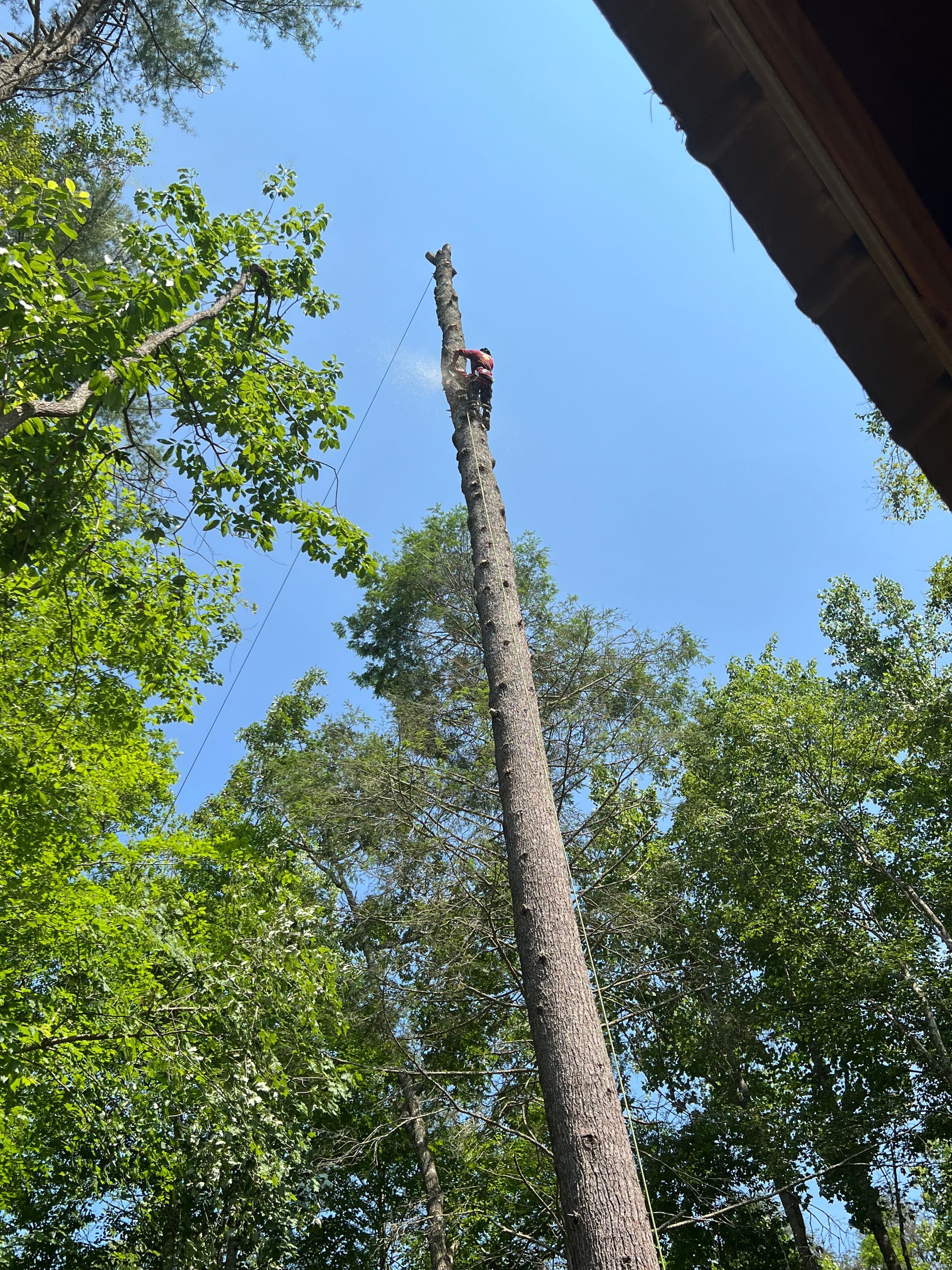

Share On: